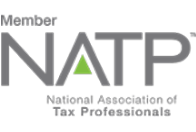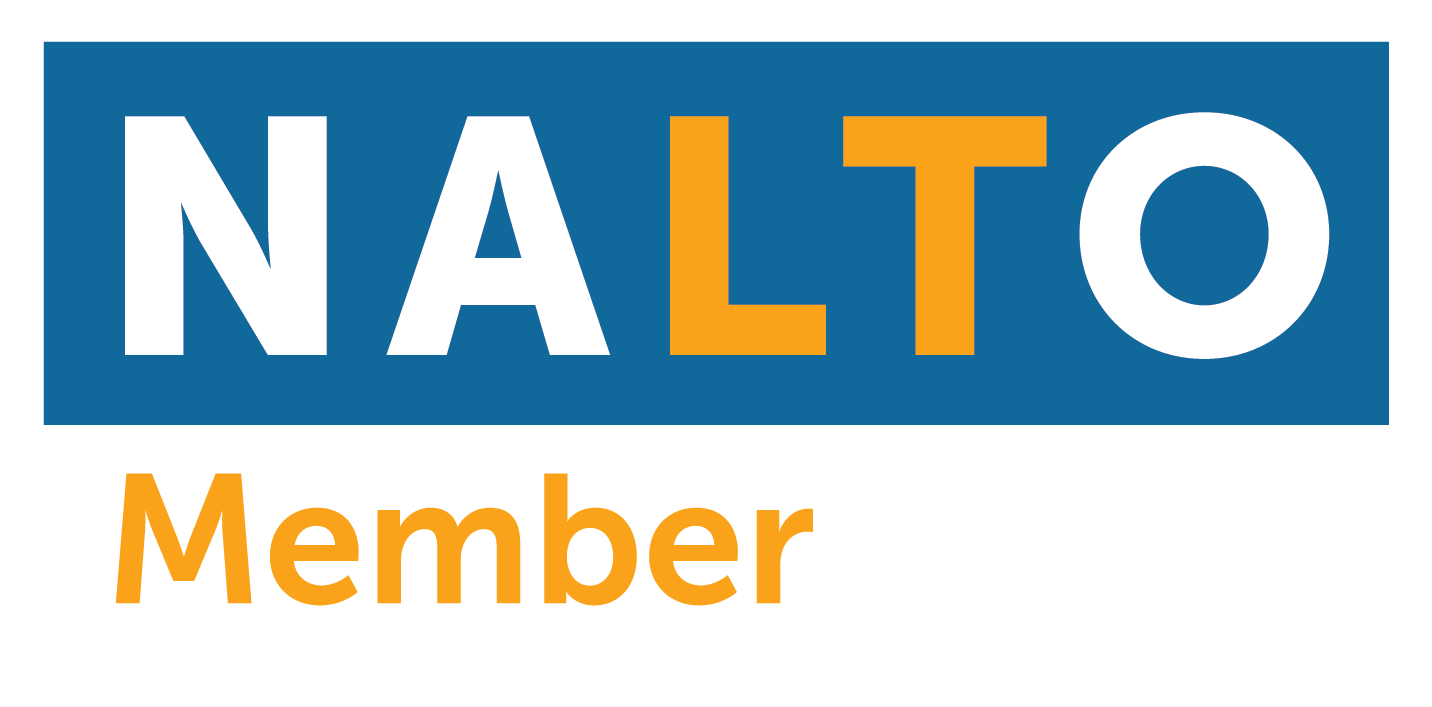Since Oct 1, 2023, the Internal Revenue Service (IRS) increased the interest on tax underpayments to 8%, parading a consistent surge since 2021 with only 3% penalty rate before rising to 6% in 2022.
And just recently, the IRS announced that the 8% underpayment penalty rate will be kept until the first quarter of 2024.
Underpayment Penalty and the Self-Employed
Underpayment penalty is what the IRS imposes when a taxpayer does not make enough estimated tax payments or falls short on withholding taxes during the year.
This penalty often catches people off-guard especially those in the gig economy or freelancing world.
Our government runs taxes on a pay-as-you-go system which means that taxes must be paid as income is earned or received. And since the self-employed have no employers to withhold taxes for them, they are required to make quarterly estimated tax payments.
Estimating income can be challenging especially if one has seasonal or varying income. But failing to estimate and pay enough taxes may already trigger this penalty. Therefore, the self-employed such as gig workers, freelancers, independent contractors, locum tenens, or small business owners are mainly at risk if they don’t make proper income estimation and pay adequate taxes.
On top of being required to pay enough taxes, the self-employed must also be mindful of the quarterly estimated tax deadlines. This is because the IRS can still impose the underpayment penalty if one missed a tax deadline even if they make extra payments in the succeeding quarters.
Are W2 Employees Risk-Free from Underpayment Penalty?
W2 employees may have minimum risk but it is never zero. If they have other sources of income that were not subject to withholding taxes, such as dividends, rental income, or income from side gigs, they will also have to make quarterly estimated taxes to avoid underpayment penalty.
The IRS may also impose this penalty if the withheld taxes were insufficient to cover their actual tax liability during the year. This happens when a W2 employee opts to lower his withheld taxes in exchange for higher take home pay resulting in an underpayment of taxes.
Basis of Underpayment Penalty Computation
The IRS computes the underpayment penalty based on the amount you owe, the time it remains unpaid, and the IRS interest rate for each quarter.
So, your best shot if you missed a tax deadline is to pay it as soon as you remember it.
However, you may still be free from paying underpayment penalty if you owe less than $1,000 after filing your return.
Furthermore, you will not be charged with this penalty if you paid 90% of your current year’s tax liability or 100% of your last year’s tax liability, whichever is less. Note that the prior year’s tax must cover a 12-month period to qualify.
High-income individuals whose adjusted gross income (AGI) exceeds $150,000, (AGI of $75,000 for married couples filing separately) must pay at least 110% of their last year’s tax liability or at least 90% of current year’s tax liability.
Want to learn more?
You may want to consult and work with 1099 Accountant – We offer online bookkeeping, online advisory services and online tax and accounting services. We offer reasonable rates. We only work with independent contractors, freelancers, and one-person business. We work with locum tenens from California to New York City and everywhere in between. Yes, even Hawaii!
Contact us toll-free (855)529-1099 or make an appointment for a free consultation. Contact Us











